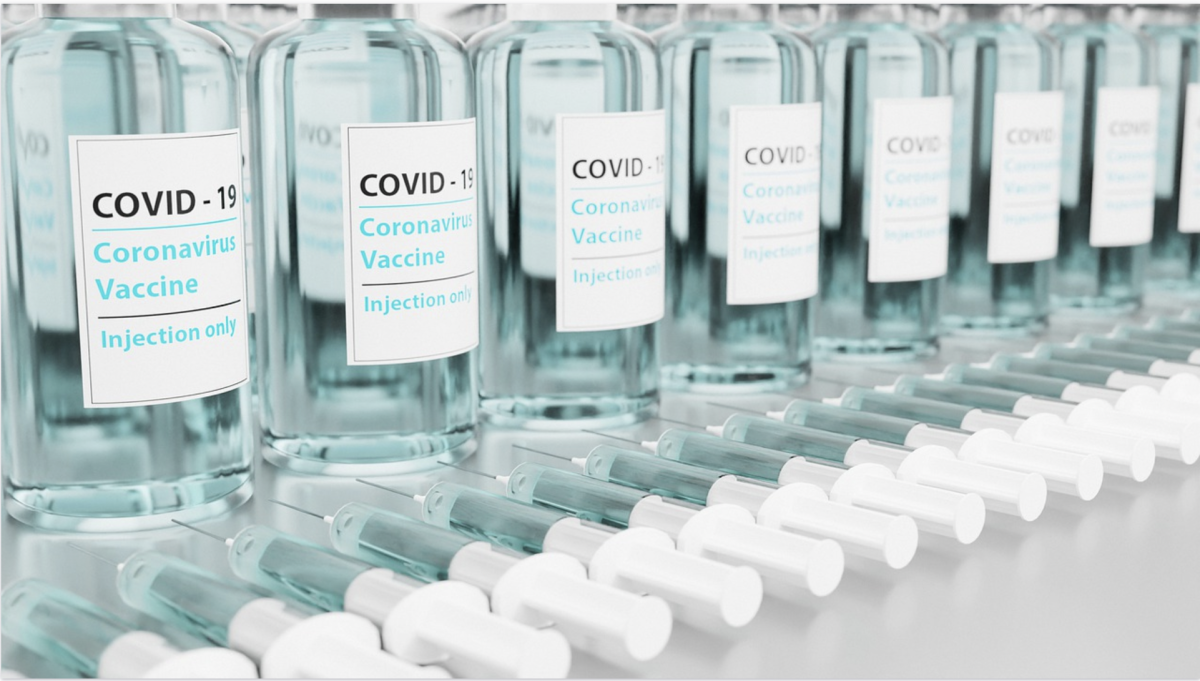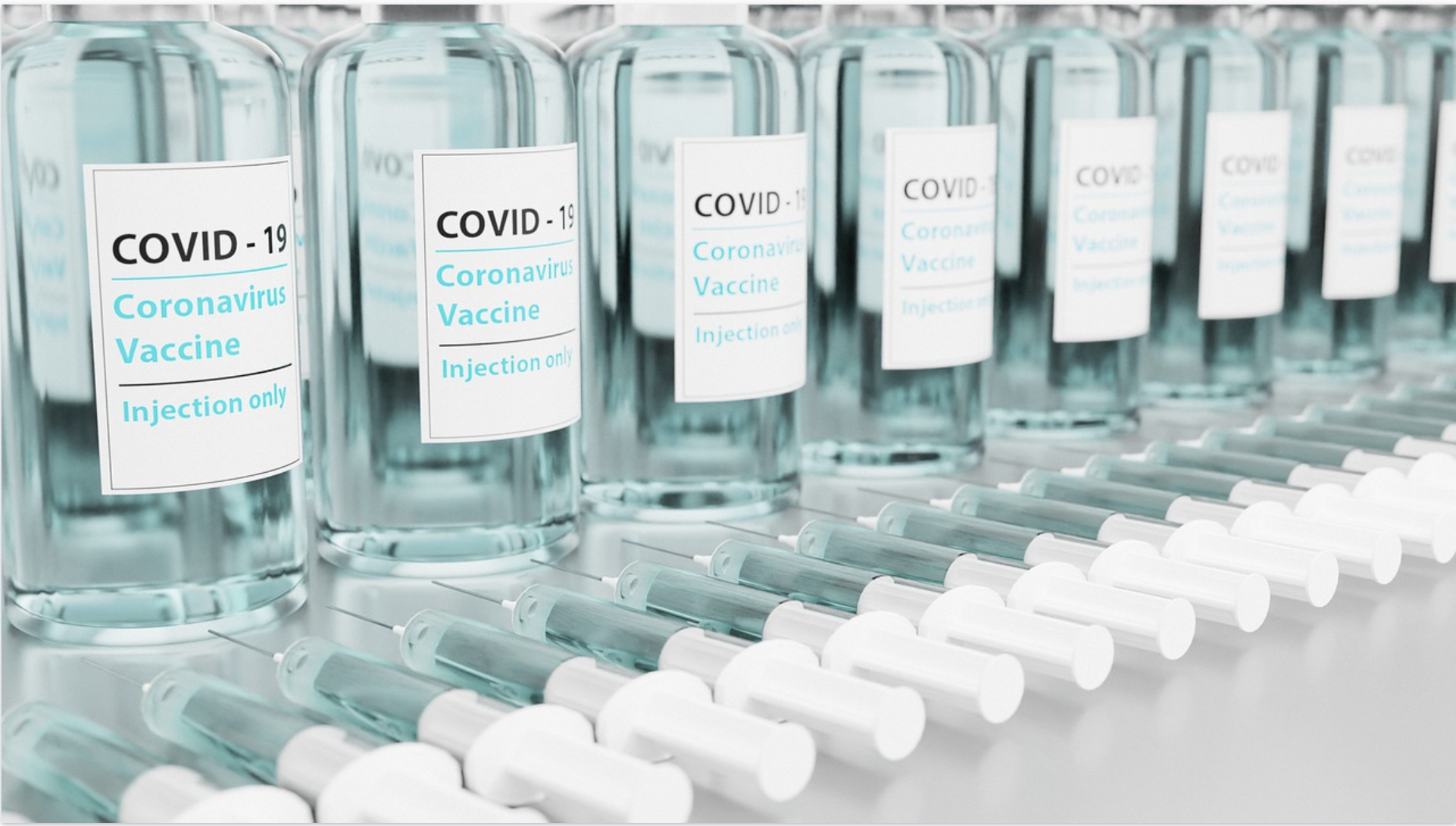Less than one year after the onset of the COVID-19 pandemic, three different vaccines against the disease have been approved for distribution to the American public. While over 150 other varieties of the COVID-19 vaccine remain in development, the three that have advanced successfully through clinical trials are two mRNA vaccines and one viral vector vaccine, from Pfizer-BioNTech, Moderna, and Johnson & Johnson companies, respectively.
MRNA vaccines differ slightly from viral vector vaccines. According to CDC data, mRNA vaccines are unlike traditional vaccines because they do not introduce any form of the disease into the body. Instead, mRNA vaccines provide the code for a special protein, called a spike protein, directly to the body’s cells. With the instructions for the protein’s construction, the cells can make and wear the harmless spike proteins and dispose of the instructions afterward.
The body acknowledges that the spike proteins are foreign, and therefore must be eliminated, much like how the body fends off harmful germs. It develops an immune response with antibodies to destroy the spike proteins, and this new immune response also works against any intruding COVID-19 particles.
“One of the tantalizing features of the mRNA vaccines produced by Pfizer-BioNTech and Moderna is that making new vaccines with updated viral genetic coding should be very quick,” said Dr. Dave O’Connor, a professor of pathology and laboratory medicine at the University of Wisconsin-Madison.
The other type of COVID-19 vaccine currently available is the viral vector vaccine from Johnson & Johnson. The CDC explains viral vector vaccines as introducing a harmless version of the COVID-19 virus, known as a vector, to differentiate it from the malicious version of the virus, which then itself teaches cells how to make the spike protein used to develop an immune response to COVID-19.
“Several of [the vector’s] genes have been removed to make it ‘replication deficient.’ It’s basically a dead virus. It can’t multiply in the body or give someone COVID-19. The genes in the viral vector cannot and do not incorporate into human DNA. ,” said Dr. Sarah Fryhofer of the American Medical Association.
Each of the vaccines has been approved as effective and safe for the public, but each also has a different percentage of efficacy against the COVID-19 virus. According to data from Stat News, Pfizer’s vaccine has shown to be 95% effective after both doses have been administered, the Moderna vaccine is considered 94.1% effective after both doses, and the Johnson & Johnson vaccine, which has only one dose, is considered to be between 66%-85% effective against moderate to severe cases.
However, officials warn that the vaccine trials were conducted at different times and were each limited in their trials, so comparing the three vaccines is a precarious business.
“Because of the difference in the trials, making direct comparisons is a bit like comparing apples and oranges,” said Helen Branswell in her article for Stat News.
After all this, what do students at Sonoma State University think?
Regarding which vaccine she receives, student Sidney Adame, who has yet to be vaccinated, says, “I do not have a preference. I just think that this is a step in the right direction for our world to go back to ‘normal.’ Many people have expressed their reasoning for not wanting to get the vaccine to be because of the possible side effects. I think that we should be equally as concerned about the possible side effects of getting COVID in the first place. I choose to put my trust into what the medical professionals are saying at the moment and pray for the best.”
Student Christina Gomez, who received Pfizer’s mRNA vaccine, shared her experience with the vaccination: “On the day of my first appointment it was extremely easy. I just gave them my insurance card, waited 15 minutes, then I was able to get the vaccine,” Gomez said. “It was almost painless, unlike other vaccines where there is more pain within the shot. The only side effect I had was a sore arm the next day. I go back for my second shot on March 26, and I am very excited about it. I am so happy I got it. I would recommend that everyone get the vaccine. I am finally starting to see a light at the end of the tunnel.”
Officials recommend seizing the opportunity for vaccination when it becomes available, regardless of which version is being offered.
“If your house is on fire, don’t wait until you have the perfect hose,” O’Connor said, “People should get vaccinated with whatever effective vaccine they have access to because this will help protect themselves and their communities by impacting the global viral load. Continuing precautions like mask wearing and distancing even after you get vaccinated will have a much greater impact on how well the vaccine keeps you safe than which vaccine product you receive.”





![[Both photos courtesy of sonoma.edu]
Ming-Ting Mike Lee stepped in as the new SSU president following Sakakis resignation in July 2022](https://sonomastatestar.com/wp-content/uploads/2024/04/CC4520AB-22A7-41B2-9F6F-2A2D5F76A28C-1200x1200.jpeg)



























